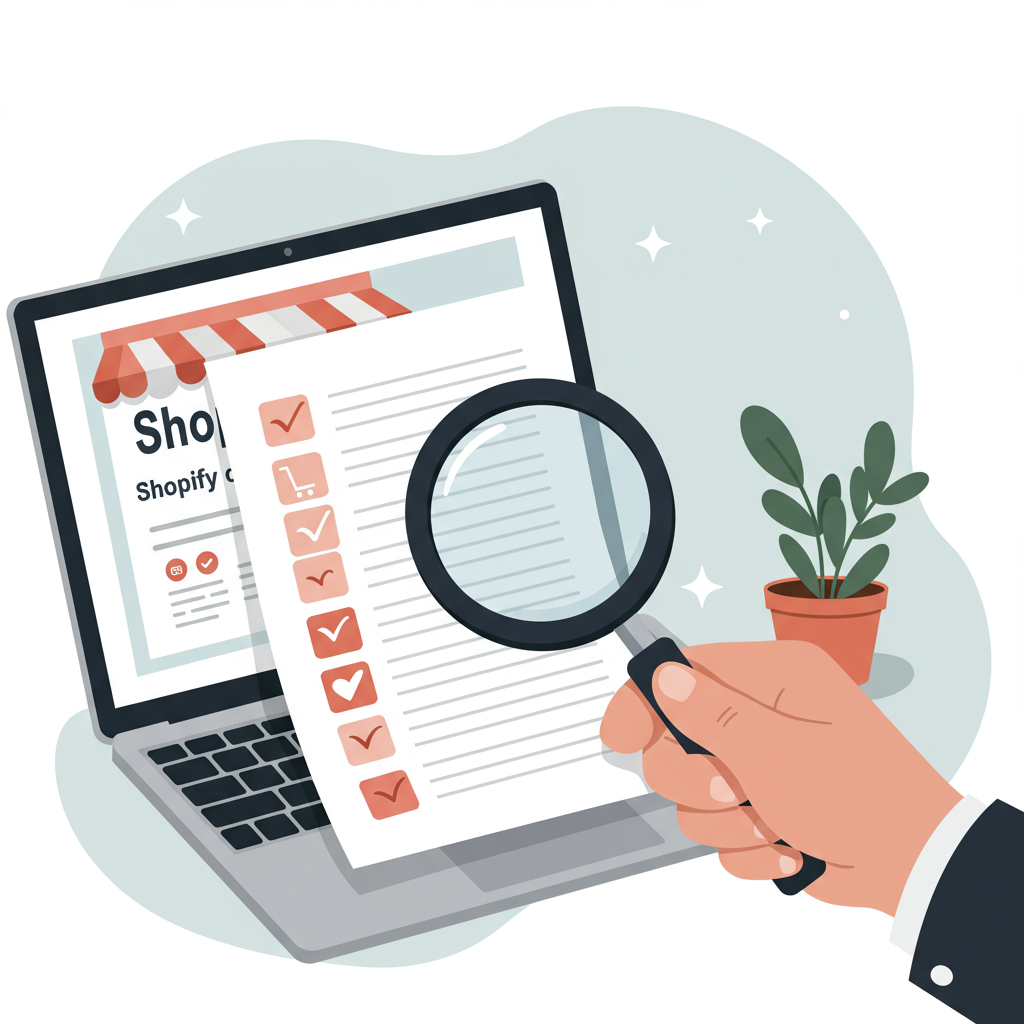My Comprehensive Guide to Finding and Partnering with Reliable Dropshipping Suppliers
As a Shopify merchant, I’ve learned that the backbone of a successful dropshipping business isn’t just about finding winning products or crafting beautiful storefronts. It’s fundamentally about the reliability of your suppliers.
Without a solid, trustworthy supplier, even the most brilliant marketing strategy can crumble under the weight of delayed shipments, poor product quality, or non-existent customer service. This is why supplier vetting is, in my opinion, the single most critical step you’ll take.
I’ve seen firsthand how a bad supplier can tank a promising business, leading to chargebacks, negative reviews, and a damaged brand reputation. Conversely, a great supplier can be a true partner, enabling smooth operations and happy customers.
So, how do I go about finding and vetting these crucial partners? Let me walk you through my comprehensive process, designed to minimize risks and maximize your chances of success in the competitive world of Shopify dropshipping.
My journey always begins with initial research. I look for suppliers on established platforms like Oberlo, AliExpress, SaleHoo, Worldwide Brands, and CJDropshipping. Each has its pros and cons, and I consider my niche and product type when choosing where to search.
For niche-specific products, I often dig deeper, looking for specialized directories or even reaching out directly to manufacturers who might be open to dropshipping arrangements, though this is less common for beginners.
Once I’ve identified a few potential candidates, my first screening involves their website and overall professionalism. Is their site well-organized? Do they provide clear contact information? A professional online presence often indicates a serious business.
Next, I dive into communication. This is where the real vetting begins. I prepare a list of detailed questions that cover every aspect of the potential partnership. Clear and prompt communication is a non-negotiable for me.
I always ask about their Minimum Order Quantity (MOQ), even for dropshipping. While many dropshipping suppliers don’t have one, some might for specific products or if you’re looking for custom branding. It’s better to know upfront.
Understanding their pricing structure is vital. I inquire about wholesale pricing versus dropshipping pricing, and if there are any volume discounts available as my business grows. Transparency here is key.
Shipping times and methods are paramount. I need to know exactly how long it will take for products to reach my customers, and what shipping carriers they use (e.g., ePacket, DHL, FedEx). I also confirm if tracking information is consistently provided.
Their return, refund, and warranty policies are another critical area. I want to understand the process for handling damaged goods, customer returns, and product defects. A clear, fair policy protects both me and my customers.
I also ask about their quality control processes. How do they ensure the products they ship meet a certain standard? Do they inspect items before dispatch? This insight helps me gauge their commitment to quality.
Customer service responsiveness from their end is something I test early on. I send a few emails or messages at different times to see how quickly and thoroughly they respond. This mirrors how they’ll treat my customers if issues arise.
Inventory management is a big concern for dropshippers. I ask how they handle stockouts and if they provide real-time inventory updates. Running out of stock unexpectedly can lead to frustrated customers and lost sales.
For certain products, I might inquire about custom branding or packaging options. While not always feasible for dropshipping, it’s a great way to differentiate my brand if the supplier offers it.
Payment terms are straightforward but important. I confirm accepted payment methods and any associated fees. Secure and traceable payment options are always preferred.
After these initial inquiries, the most crucial step for me is ordering samples. I cannot stress this enough: *always* order samples of the products you intend to sell.
Ordering a sample allows me to personally assess the product quality, examine the packaging, and verify the actual shipping time. It’s also a final test of their communication and order fulfillment process.
While waiting for samples, I dedicate time to checking reviews and reputation. I scour online forums, Trustpilot, Reddit, and other industry-specific communities for feedback on the supplier. What are other merchants saying about them?
I pay close attention to how they handle negative feedback or disputes. A supplier who actively tries to resolve issues, even publicly, shows a commitment to customer satisfaction.
During all interactions, I’m constantly assessing their communication style. Are they clear, concise, and professional? Do they understand my questions, or are there significant language barriers that could lead to misunderstandings down the line?
I also consider legal and operational aspects. Do they require any specific business registrations? How do they handle taxes? And importantly, can they scale with my business as order volumes increase?
Finally, I look for red flags. Unrealistic low prices, poor communication, a lack of transparency, no clear return policy, or only accepting untraceable payment methods are all warning signs that make me reconsider.
Building a strong relationship with your supplier is an ongoing process, not a one-time event. Even after vetting, I maintain regular communication, monitor performance, and always have backup suppliers in mind.
This meticulous vetting process might seem like a lot of work upfront, but believe me, it saves countless headaches and potential financial losses down the road. It’s an investment in the long-term health and reputation of your Shopify store.
A reliable supplier is truly a partner in your dropshipping journey, enabling you to focus on marketing, customer service, and growing your brand, rather than constantly putting out fires.
I hope these tips provide a clear roadmap for you to vet your own dropshipping suppliers effectively. What do you think about this article? I’d love to hear your thoughts and any additional tips you might have!






